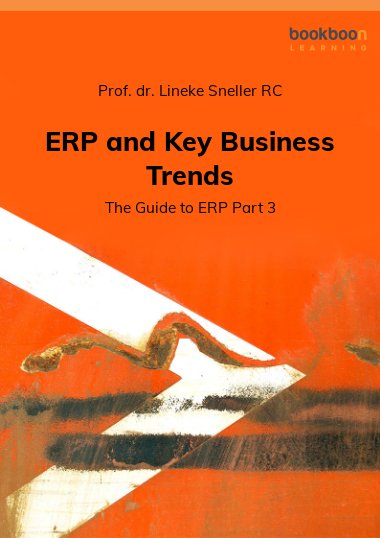One of the most influential IT developments in the past fifty years has been Enterprise Resource Planning, better known as ERP. This Guide to ERP is a book series aimed at managers and project leaders who use ERP in their organisations. The book series contains three parts. This third part addresses the relationship between ERP and a number of key business trends, specifically Agile, open source software, shared service centres and sustainability. The goal is to give the reader a brief overview of these trends and how they relate to ERP.
About the Author
Prof. dr. Lineke Sneller RC is Professor of Internal Controls - IT Value at Nyenrode Business University. Her research interests include Enterprise Resource Planning and IT Governance. Her PhD dissertation was 'Does ERP add company value?'
In addition to her contributions to Nyenrode, Lineke is a Supervisory Board member at EY, ProRail, Infomedics and Van Wijnen. In the past fifteen years, she has also held several international CIO and Board positions.
Lineke has been project manager of an international ERP implementation. As a CIO, she has been responsible for several ERP systems.

